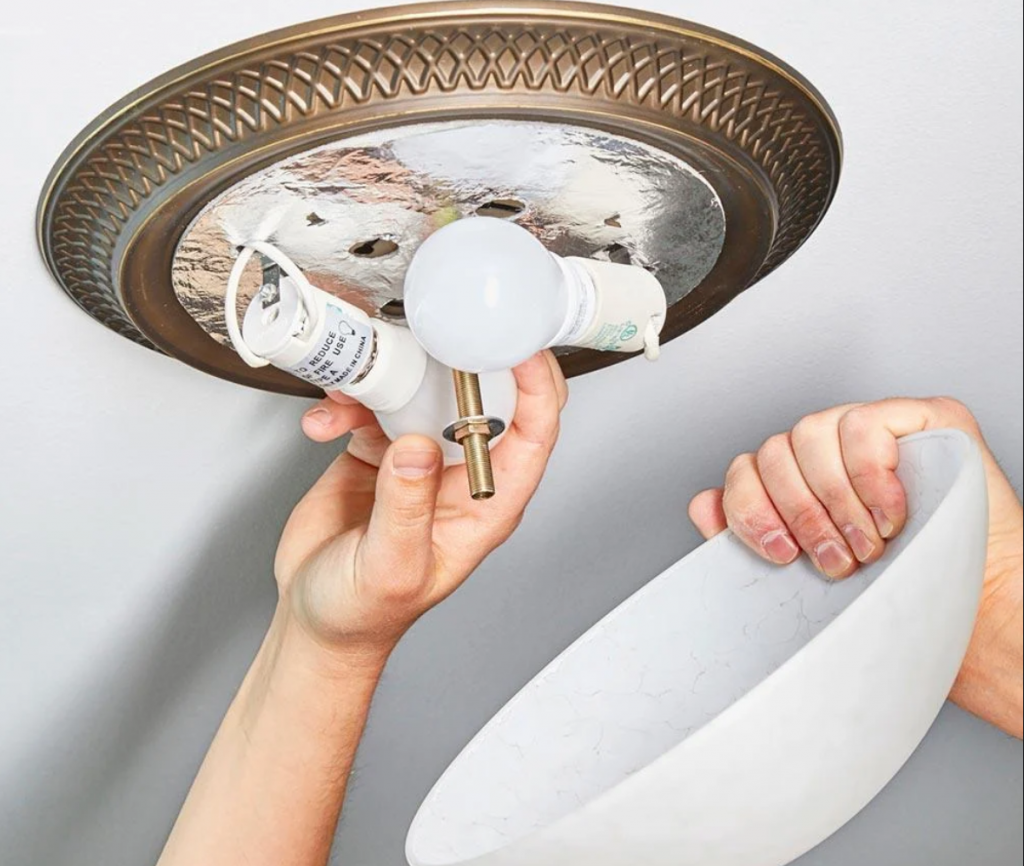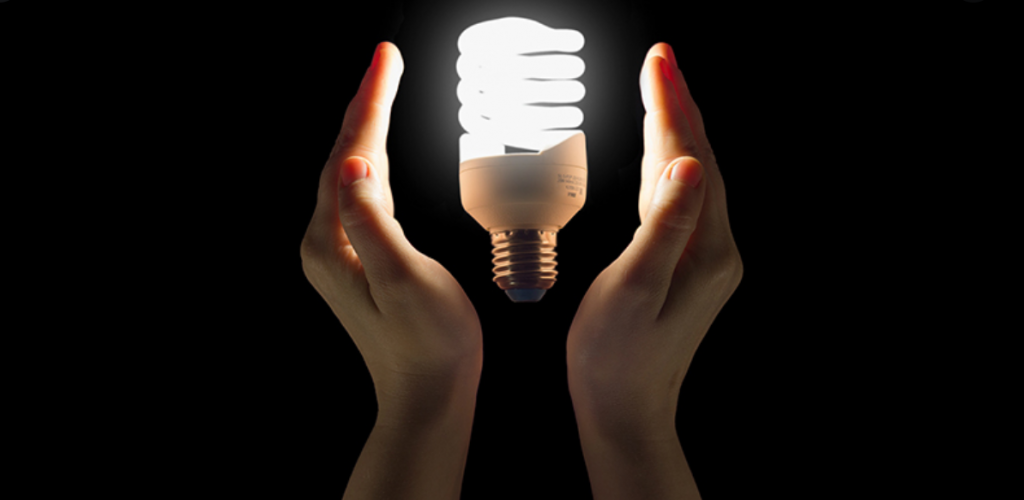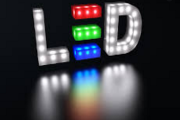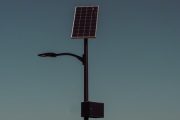1. Protection Against Electric Shock
According to the classification of anti-shock protection methods, lamps can be divided into:
Class 0 lamps:
Lamps that rely only on basic insulation to prevent electric shock protection can only rely on the environment to provide reliable protection if the basic insulation fails.
Class I lamps:
Not only does it rely on basic insulation to prevent electric shock, but additional safety measures (grounding) are added. The conductive parts that are touched are all equipped with a fixed connection to the grounding conductor, so that when the basic insulation fails, the conductive parts that can be touched will not become live.
Class II lamps:
Not only does it rely on basic insulation to prevent electric shock, but also safety measures such as double insulation or reinforced insulation provide reliable protection.
Class III lamps:
Rely on Supply Safety Low Voltage (SELV) to prevent electric shock hazards and lighting fixtures that do not generate higher than Safe Extra Low Voltage (below 50V).
At present, Class I lamps and Class II lamps account for the majority in the market. Generally, we do not agree with the use of Class 0 lamps, and Class III lamps are rare in the market because they are technically difficult to control.
2. How to install the lamps
According to the installation method of lamps, lamps can be divided into:
(1) Fixed lamps
Luminaires that cannot be easily moved from one place to another. This luminaire can only be moved with the aid of a tool or used in hard-to-reach places.
Fixed lamps include ceiling lamps, chandeliers, wall lamps, etc.
Chandeliers are generally lamps suspended from the ceiling and are the most commonly used universal lighting. There are various types of lamps such as direct, indirect, downward irradiation and uniform astigmatism. The size of the chandelier and the number of lamp holders are related to the size of the room. The chandelier is generally 500~1000 mm away from the ceiling, and the center of the light source is preferably 750 mm away from the ceiling.
Ceiling lamps are lamps that are installed directly on the ceiling surface. There are several types of lamps such as downward projection lamps, astigmatism and general lighting. The light source includes LED ceiling light, incandescent ceiling light and fluorescent light ceiling light. The feature is to make the top of the room brighter, forming a bright sense of the whole room. The disadvantage is that it is prone to glare. It is widely used because the floor height of the general residential building is relatively low.
Wall sconces are lamps that are mounted on the wall. Because the distance from the ground is not high, low-power bulbs are generally used. The height of the lamp itself is 450~800 mm for the large one and 275~450 mm for the small one. The diameter of the lampshade is Ф150~250 mm for large ones and 110~130 mm for small ones. The distance between the lamps and the wall surface is generally 95~400 mm. The light source power commonly used in wall lamps, large ones use 50-watt, 60-watt LED bulbs, and small ones use 10-watt, 20-watt LED bulbs.
(2) Movable lamps
In normal use, a luminaire that can be moved from one place to another after the luminaire is connected to the power supply. Generally, table lamps on the desktop and floor lamps on the floor belong to this kind of lamps. It is one of the most flexible lamps.
The large floor lamp has a height of 1520~1850 mm, a lampshade diameter of 400~500 mm, and uses a 20-watt LED bulb. The small floor lamp has a total height of 1080~1400mm or 1380~1520mm, the diameter of the lampshade is 250~450mm, and uses a 10-watt or 15-watt LED bulb.
The height of the medium-sized floor lamp is 1400~1700 mm.
The total height of the large table lamp is 500-700 mm, and the diameter of the lampshade is 350-450 mm. When using incandescent lamps, 10-watt or 15-watt LED bulbs are generally used.
The total height of the small table lamp is 250~400 mm, and the diameter of the lampshade is 200~350 mm. Generally, 5-watt or 9-watt LED bulbs are used. The overall height of the medium table lamp is 400~550 mm.
(3) Recessed lamps
The manufacturer specifies luminaires that are fully or partially embedded in the mounting surface. It generally refers to the hidden lamps embedded in the ceiling. The lamp mouth is connected to the ceiling, and it is usually a direct light type that illuminates downwards. This type of lamp is rarely used in ordinary residential buildings. It is used more in rooms with air conditioning and ceilings. However, because the downlight has a dark feeling, it is often used in conjunction with other lamps.
3. According to the type of light source
According to the type of light source used by lamps, it can be divided into:
(1) Incandescent lamps
Incandescent lamps emit light by heating the filament to an incandescent state by current, and the luminous efficiency increases with the increase of the working temperature of the filament. But what followed was faster evaporation and shorter lifespan. The luminous efficiency of this type of light source is low, and the rated average lifespan is 1000h.
(2) Fluorescent lamps
A fluorescent lamp is a low-pressure mercury vapor discharge light source. The lamp tube structure is mainly composed of a lamp cap, a hot cathode and a glass tube coated with phosphor powder on the inner wall. The phosphor in the lamp tube emits visible light under ultraviolet radiation. The hot cathode is a tungsten wire coated with a heat-emitting electron material, and the tube is evacuated and filled with mercury vapor with extremely low pressure and inert gas argon. Due to the different fluorescent powder coated on the inner wall of the tube, the fluorescent lamp can be divided into daylight color, cool white, white and warm red. The luminous efficiency of fluorescent tubes is high, and the service life is 2000~3000h.
(3) Halogen tungsten lamps
Tungsten halogen lamps are also sources of thermal radiation. It is an incandescent bulb or tube made of hard glass or quartz glass filled with a small amount of halide (such as iodide or bromide, called iodine-tungsten lamps and bromine-tungsten lamps, respectively). Using the principle of halogen tungsten cycle, through halogen as a medium, the tungsten evaporated from the filament and attached to the inner wall of the glass tube is transferred back to the filament, thereby improving the luminous efficiency and service life of the halogen tungsten lamp. Its volume is much smaller than that of incandescent lamps, so it is widely used as lighting in car headlights and television, photography, shop windows, theater stages, and dance halls. According to its shape, it can be divided into tube-shaped tungsten halogen lamps, single-ended tungsten halogen lamps, concentrated tungsten halogen lamps and closed-shaped projection tungsten halogen lamps.
Other high intensity gas discharge lamps, other light source lamps and LED lamps. They come in different colors and different brightnesses, so they are used in different places. For example, energy-saving lamps are efficient and energy-saving, which may be more suitable for kitchen and bathroom places, and incandescent lamps with soft light are more suitable for bedrooms.






